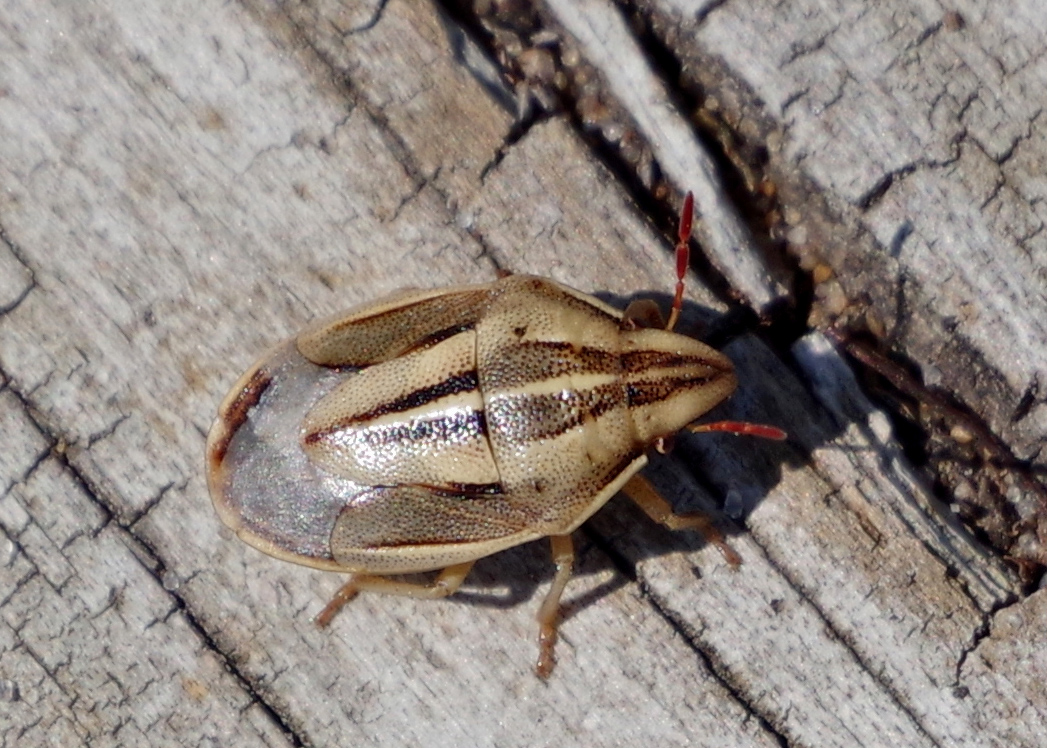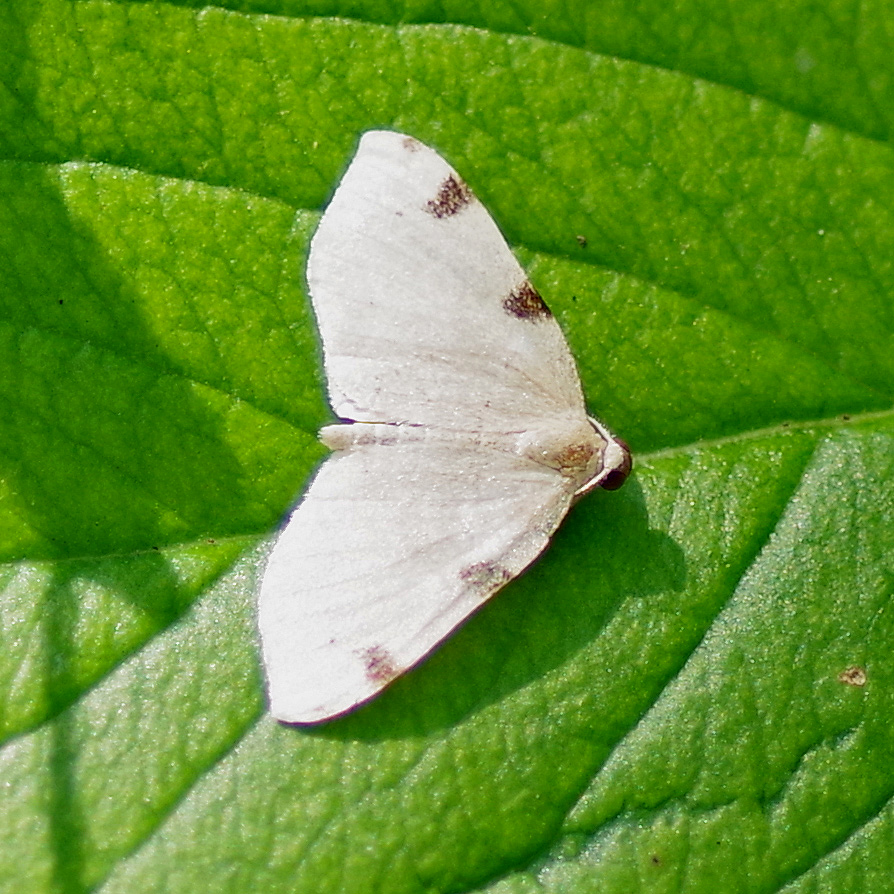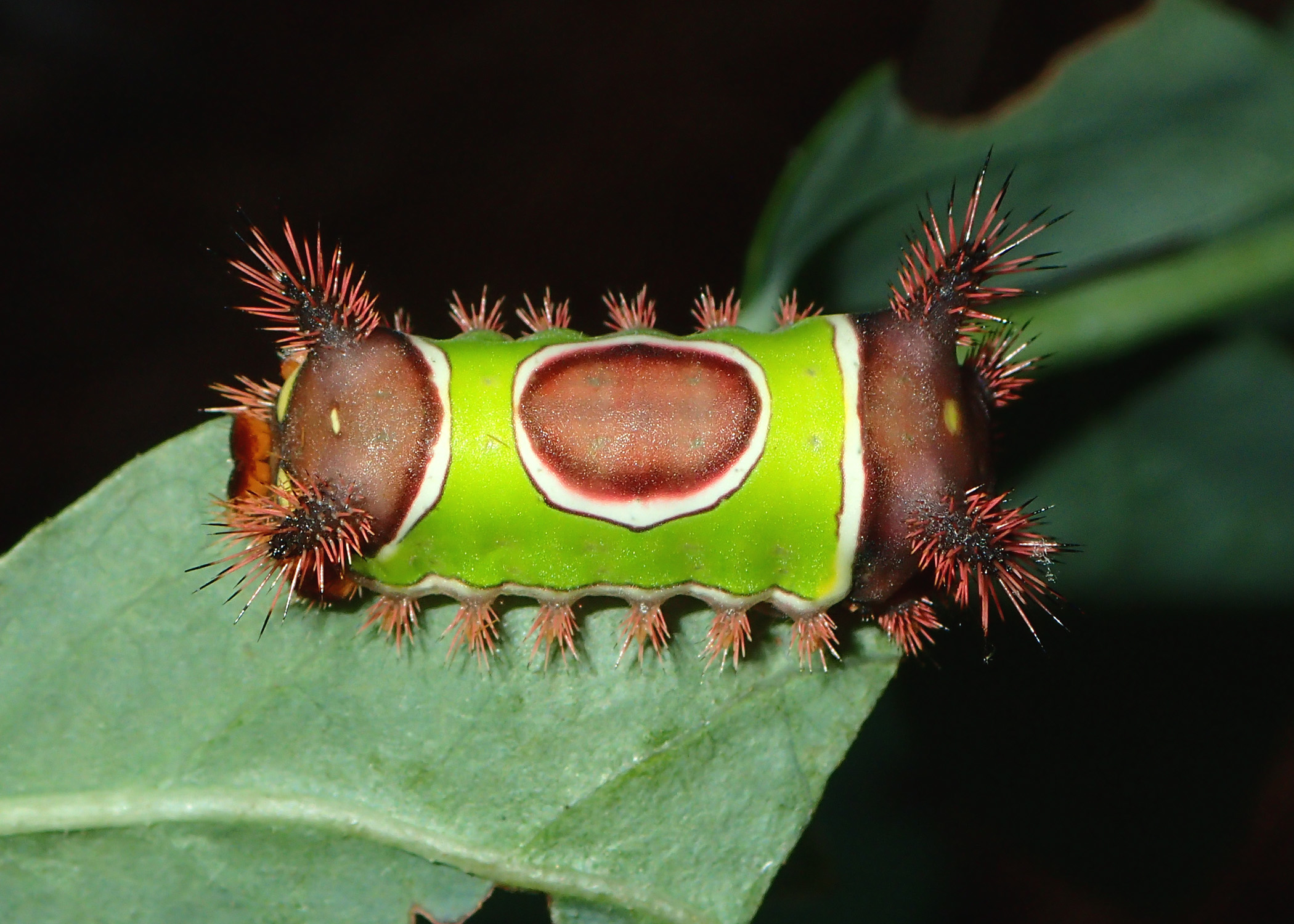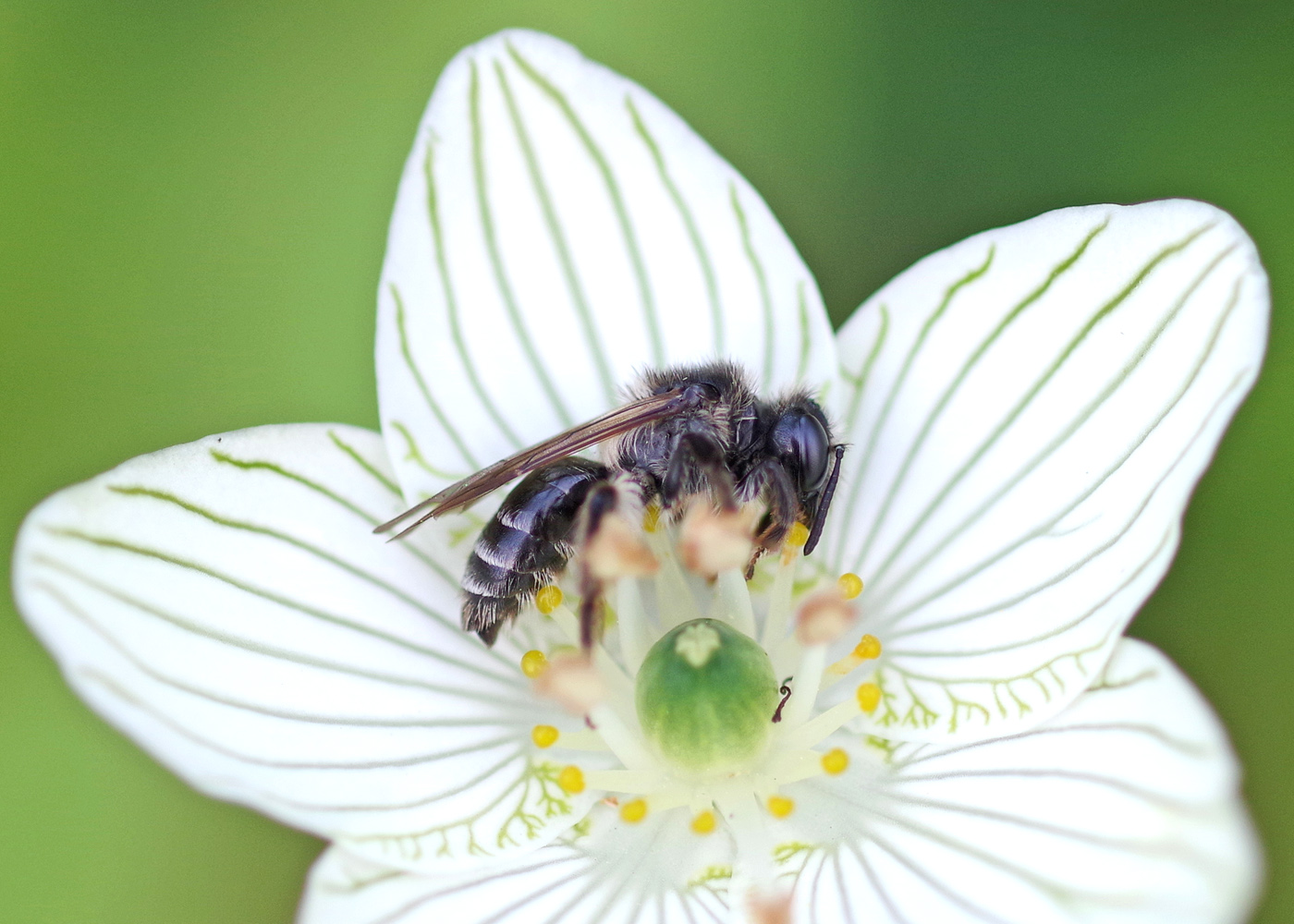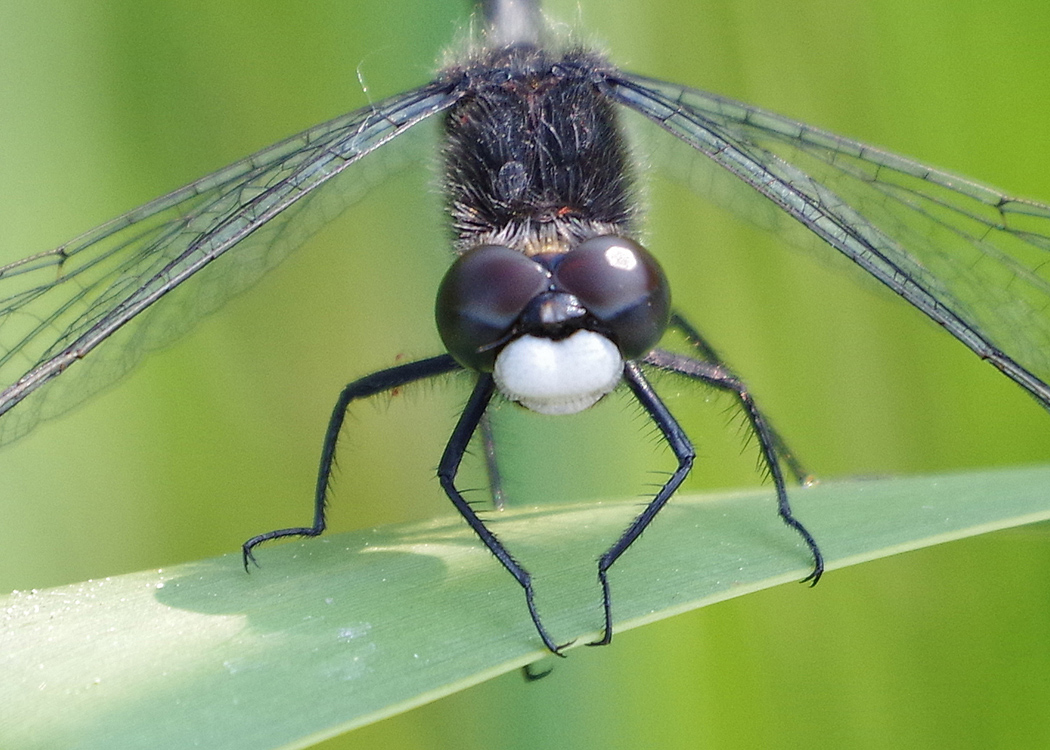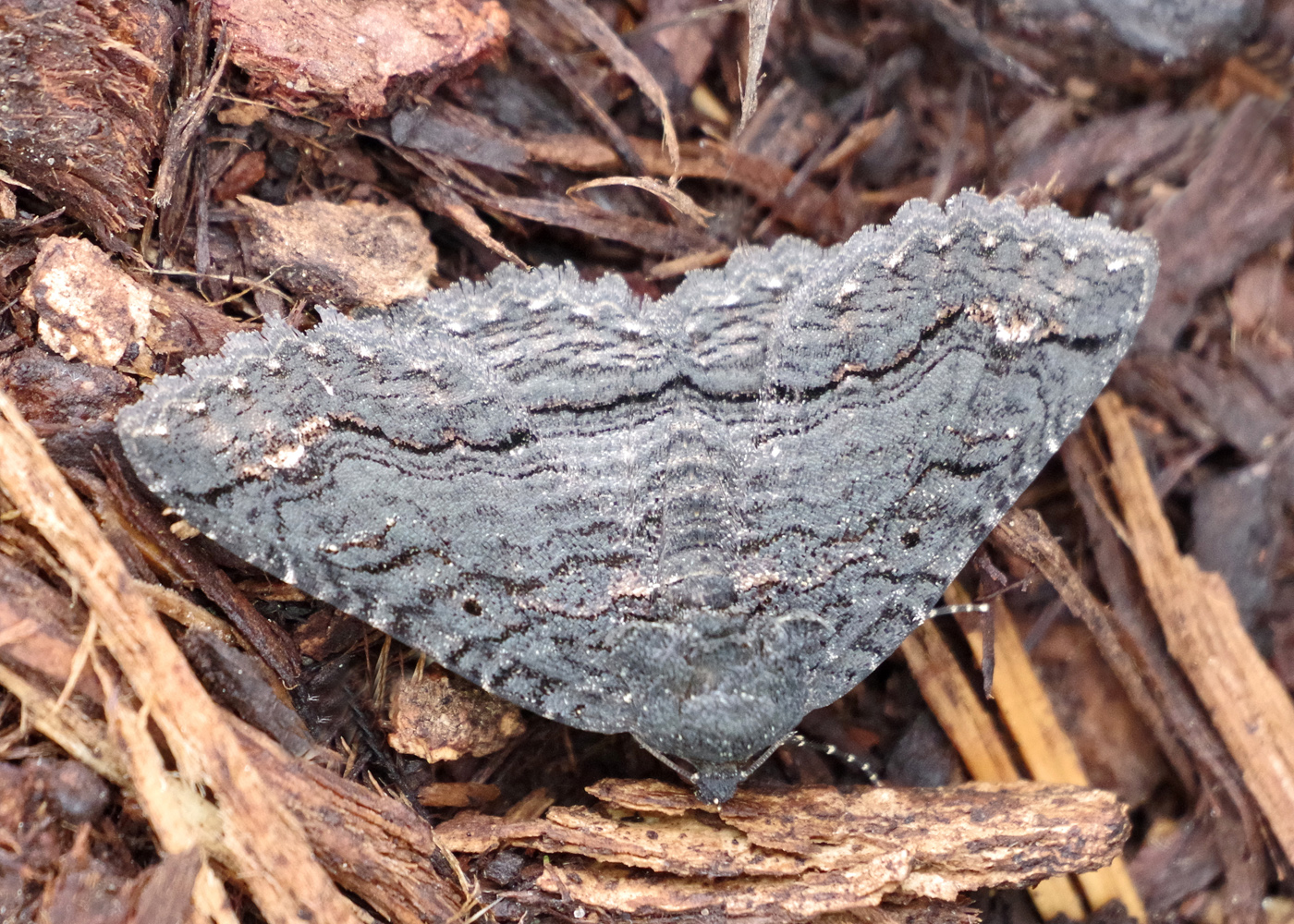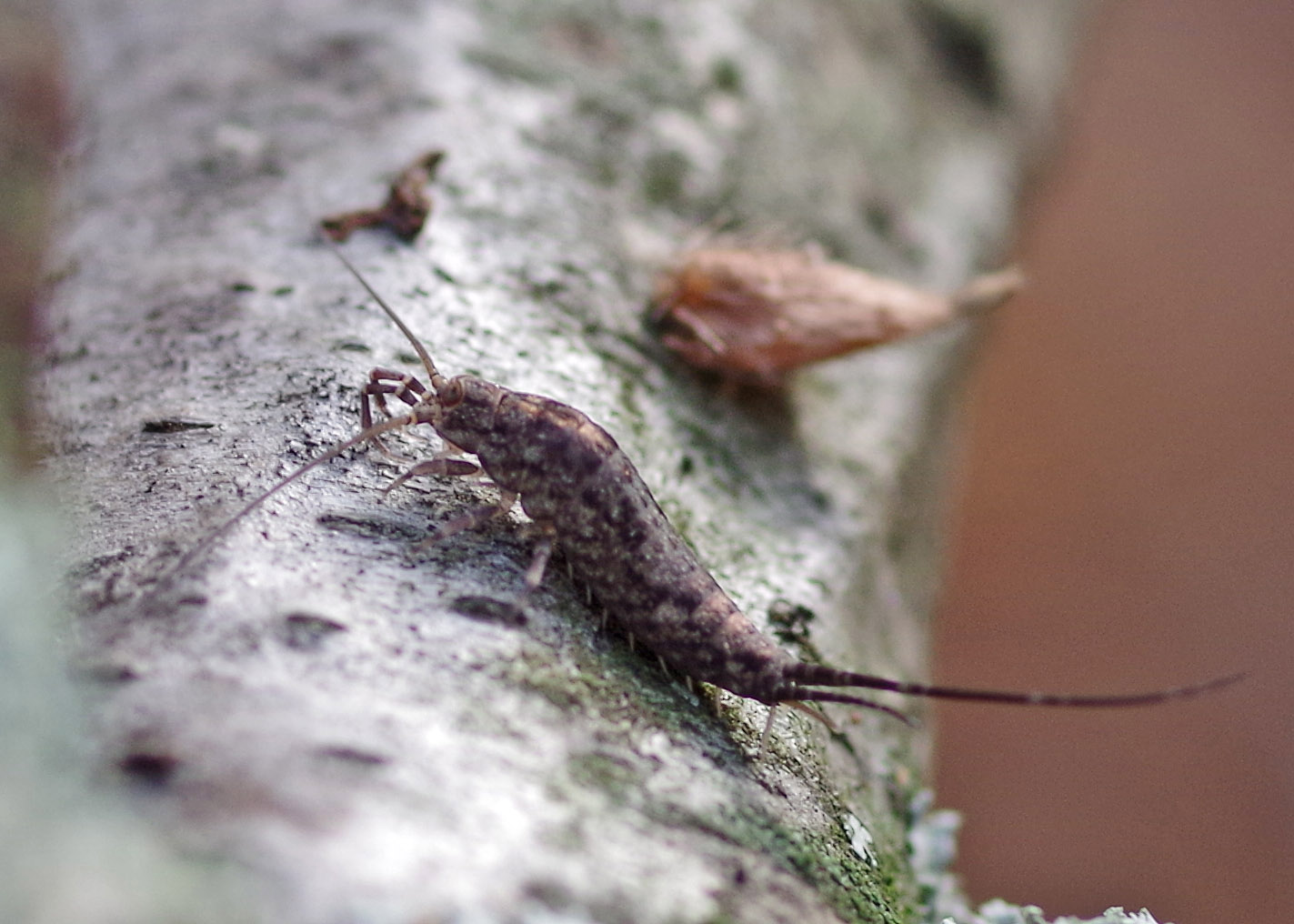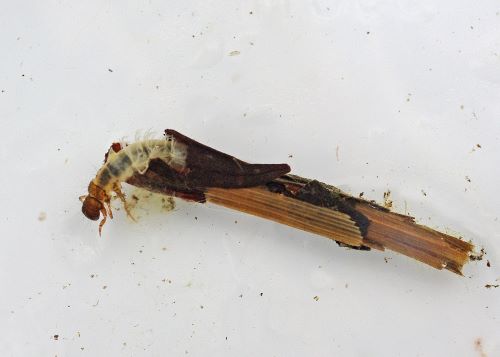
Bug o’the Week – Caddisfly revisited
Greetings, BugFans,
The BugLady is suffering from the February Doldrums in January – this is a massaged version of a BOTW that was originally posted in 2009, with some new words and new pictures.
Caddisflies, in the Order Trichoptera (“hairy wings”), are famous for the cases built for protection by their soft-bodied larvae (the only natural “armor” they possess is located on their head, thorax and legs) and for the larvae’s ability to produce silk thread via a silk gland in their lower lip. They use silk to “glue” materials together to construct the case, to net some food, and to modify the case before they pupate.

